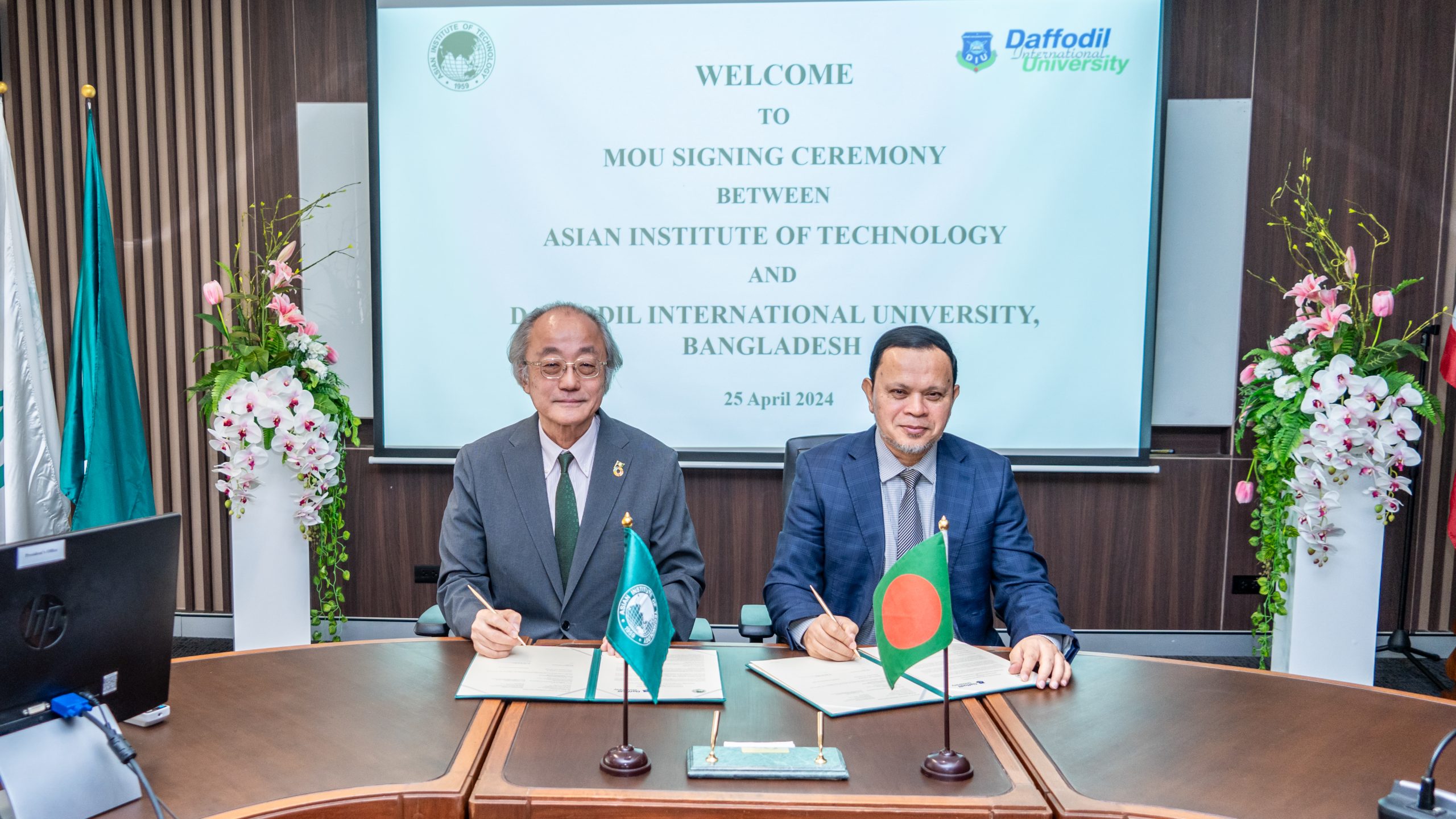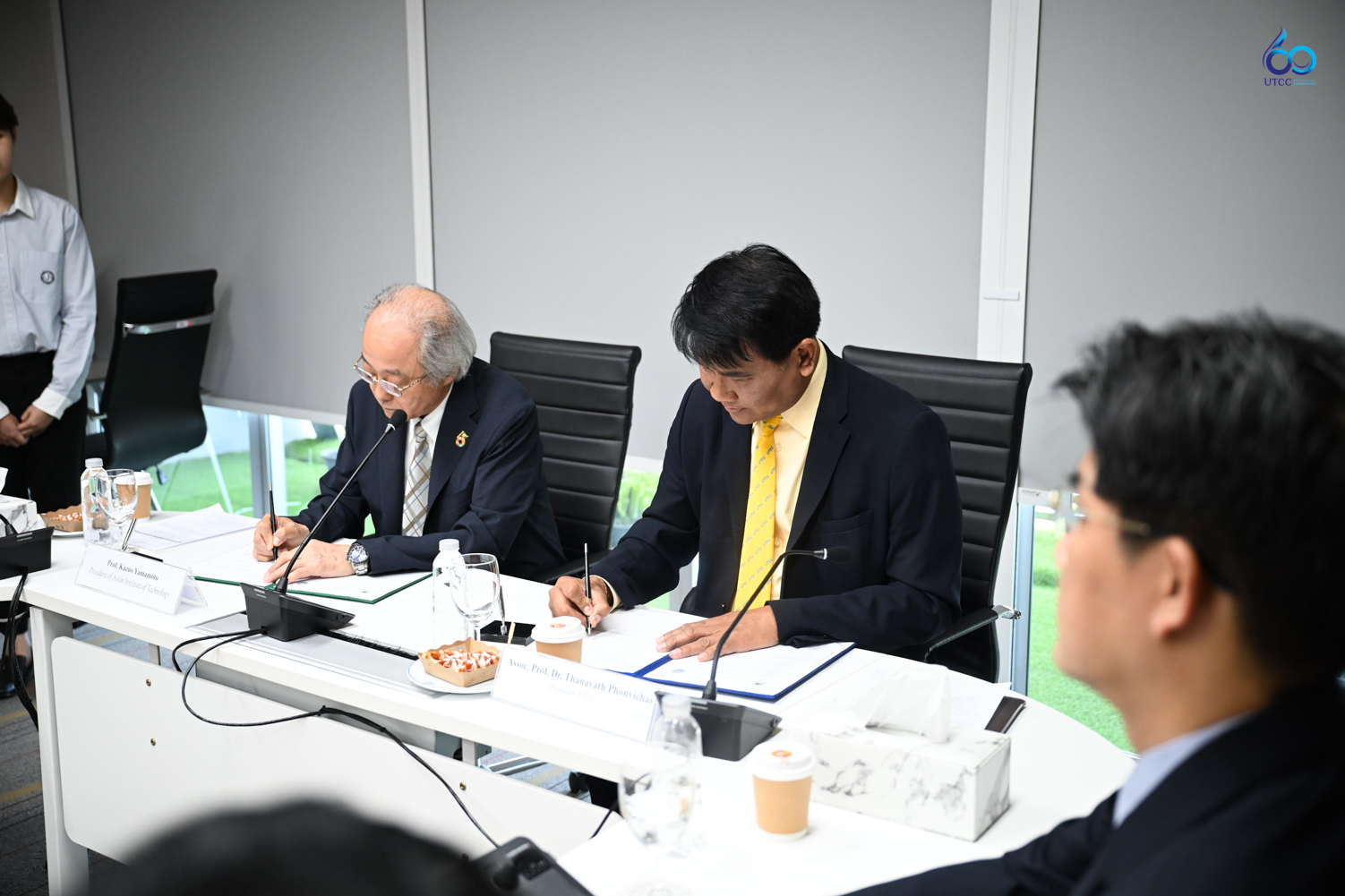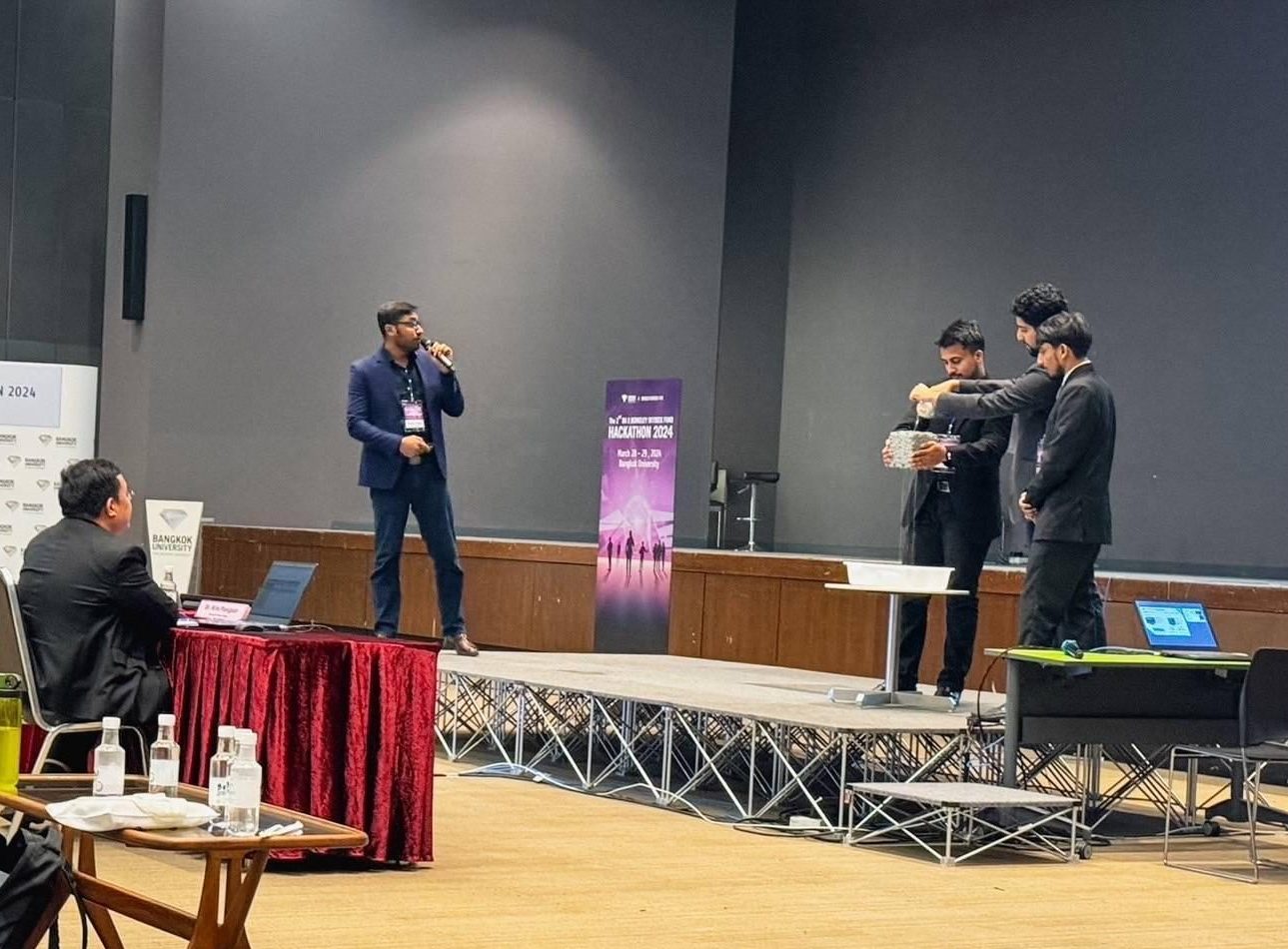“Headphones at tourist sites impede the visual experience. On the
other hand, not using them means that a tourist misses out on relevant
information,” is how Ms. Jittin Chaitamart describes it.
At scores of tourist places, the visitor wishes to enhance his or her
experience, but fails to do so. So what could be a solution?
“Augmented reality” is the answer according to Ms. Jittin, a Master’s
student of Remote Sensing and Geographical Information Systems at AIT.
Armed with a tablet and an application that she created, visitors at
the UNESCO World Heritage site of Ayutthaya can now benefit from the
benefits of augment reality.
Scan the tablet or your phone towards the monument or temple, and a
three-dimensional visualization will appear on your screen. A menu
chart lists images, documents, video, website, audio, a 3D model and
the route map. Click on the image to view the monument from different
angles. Read about the temples of Ayutthaya, and watch its video while
standing right in front of the monument.
“It is not just reality, but augmented reality,” Ms. Jittin explains.
Augmented reality provides an immersive experience that enhances the
pleasure of the visit, making tourism a more enjoyable
proposition.
That is not all. “The same technology can be used in museums,” she
adds. Scan an artifact, and full details of the artifact flash on your
device. The same technology comes into play even for exhibits that are
no longer on display, either due to maintenance or space constraint.
Scan a QR code of the exhibit, and a 3D model will emerge. Since the
information is served from the Internet and is not stored on the
device, the information is always fresh and up-to-date, she says.
Her work “Development of Location Based Service Application using
Augmented Reality technology for historical tourism on iOS platform”
uses an array of technologies. Location Based Service (LBS), Augmented
Reality (AR), Global Positioning System (GPS) and Geographical
Information Systems (GIS) are integrated in the project.
“More than the combined use of these technologies, it is the 3D
modeling which is more challenging,” says Dr. Sarawut Ninsawat, who is
supervising the work. 3D models require huge spatial databases since
they store enormous information. The challenge is to develop a spatial
database that stores only the relevant information, while maintaining
the immersive experience, he says. So far, the use of augmented reality
has been restricted to business and commercial areas, and there are no
known cases of its use in historical sites, Dr. Sarawut adds.
Using data from the Ayutthaya Digital Archive Project (ADAP) from
Dr.Surat Lertlum, adjunct faculty at Remote Sensing and GIS, AIT’s
School of Engineering and Technology (AIT), nearly 100 sites have been
included under this initiative. Future development could include
multilingual support and maybe a new app in the iStore, adds Dr. Nitin
Kumar Tripathi, Coordinator, RS and GIS, and theme leader of the
Information and Communication Technology (ICT), SET.

Ms. Jittin Chaitamart (left)
and Dr. Sarawut Ninsawat with the 3D visualization of
Ayutthaya.







